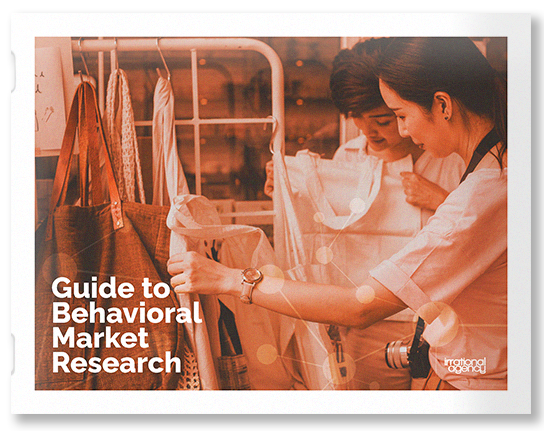
How Customer Complaints Provide Free Insight
 Irrational Agency
Irrational Agency
As researchers, we are always looking for our customers to tell us about their experiences. It can be hard work sometimes! We end up paying them a lot of money to participate in surveys, interviews or ethnographies, and go to a lot of trouble to get them to open up. Then we have to analyse their answers and work out what it means.
There’s one time that customers will volunteer their experience for free, and in as much detail as you let them: that is when they have a complaint.
Let’s say something has gone wrong. It might only be wrong in the customer’s mind – perhaps everything has been done correctly according to your business process – but that doesn’t matter. The customer is not happy, and they want someone to hear about it.
Some businesses try to automate away the complaints process. Use a chatbot to try to resolve the question before it reaches a human being…or ‘handle the objection’ by providing explanations or frequently asked questions so the customer realises their mistake before complaining.
This is a terrible mistake! You are losing one of the best sources of insight into your product or service, what customers want from it, and how you can make things better.
You should encourage people to complain. Have a subset of complainers routed to your research team, whose job it is to understand what they’re saying and learn lessons from it. And train your customer service agents to ask research questions, and then make it a joint project between the two departments to solve the most common customer problems.
You achieve at least three things this way:
- A practical outcome: help the customer resolve their problem and get better at using your product so they are more likely to be happy next time.
- Restore the customer’s emotional sense of control – so they feel empowered and motivated to use your product, and happy with their experience.
- Collect incredibly valuable insights into how customers use your product, what their motives and barriers are, and how it could get better.
Those insights have a specific structure that you can analyze with a behavioral science lens. Try this behavioral framework for analyzing the complaints you receive:
- Identify the behavior they want to perform
- Understand what motivates this – what desire or need are they trying to fulfill?
- Then document the barrier they encountered
- Use a ladder analysis to explore the barrier – why did this obstacle occur? Does it reveal a deeper problem (for instance, customers who don’t understand how to use your product? Or a quality issue with how your service is delivered?) What could have happened differently that would have resulted in the customer successfully achieving their goal?
- Design a solution at three distinct levels:
First, make sure the complaining customer gets what they wanted in the first place. They deserve no less, for all the valuable insights they’ve given you.
Second, resolve the immediate barrier that stood in their way, so the next customer won’t experience the same issue.
Third, design a program to solve the deeper underlying problem of which this barrier is just a symptom.
The principle of loss aversion and the peak-end rule both indicate that customers who complain have a more intense, salient, and memorable experience than other customers. They can give you much higher quality insights than people in a ‘cold state’ who have been recruited during the normal course of an untroubled customer relationship. “Normal” customers give you shallow insights, unthinking platitudes. But complaining customers are viscerally involved in the details of their journey and remember everything about it.
Complaints also unlock customer creativity! Humans have a problem-solving brain, and every time something goes wrong, our natural reaction is to try to solve the problem or find a way around the barrier. In the midst of a complaint, people will often have an intuitive sense of the best way to solve their problem. Find out what it is! Sometimes customers are unrealistic, but often a solid way forward will be embedded in what they say.
This feeds into the discipline of behavioral design, where you create new solutions by taking a different perspective on human behavior and understanding the psychology that influences how people approach their objectives. Complaints are a powerful way to motivate a behavioral design initiative.
Unlock the paradoxical power of the complaint, and get powerful, instant, free insight that will make life better for the next 100 customers who don’t complain. (And remember – just because they didn’t complain, doesn’t mean they’re happy. They might have exactly the same problem – but only this one person was generous enough to tell you about it!)
Ready to flip things on the head and get the good from the bad?

Need a bigger view of what behavioral research is really all about?
Download our Guide to Behavioral Market Research for expert guidance no matter what your next project entails.


